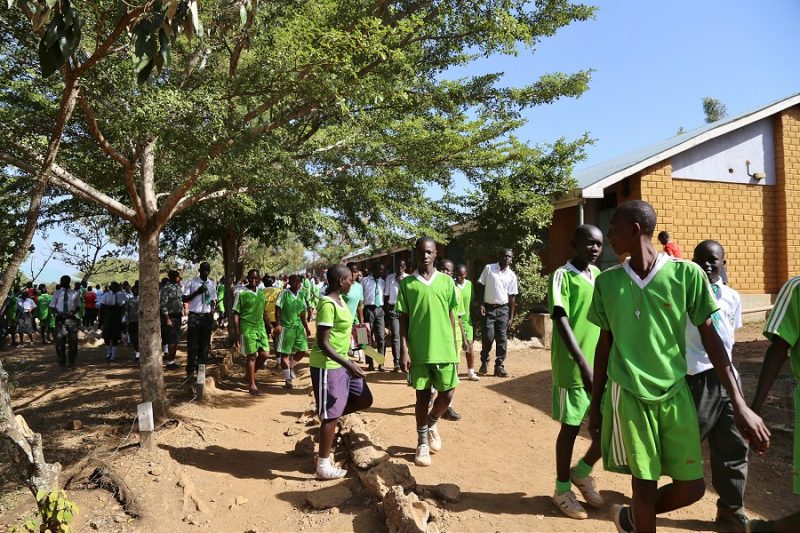










How to End Hunger in Times of Crises
Let’s Start Now!
EBOOK of 2nd edition (2013)
by Ignacio Trueba and Andrew MacMillan.
Foreword by José Graziano da Silva, ex FAO Director General.
Ending hunger is one of the simplest things that we can do together to make our world a better home for all its people.
“This book contains truths too important to dismiss, but it is also a book of visionaries. And it is a call for change that we can only ignore at our own peril.” – Olivier De Schutter, ex UN Special Rapporteur on Right to Food
Download the E-Book FREE
and suggest to others that they do likewise.
(epub for ebook readers, or pdf for laptops)